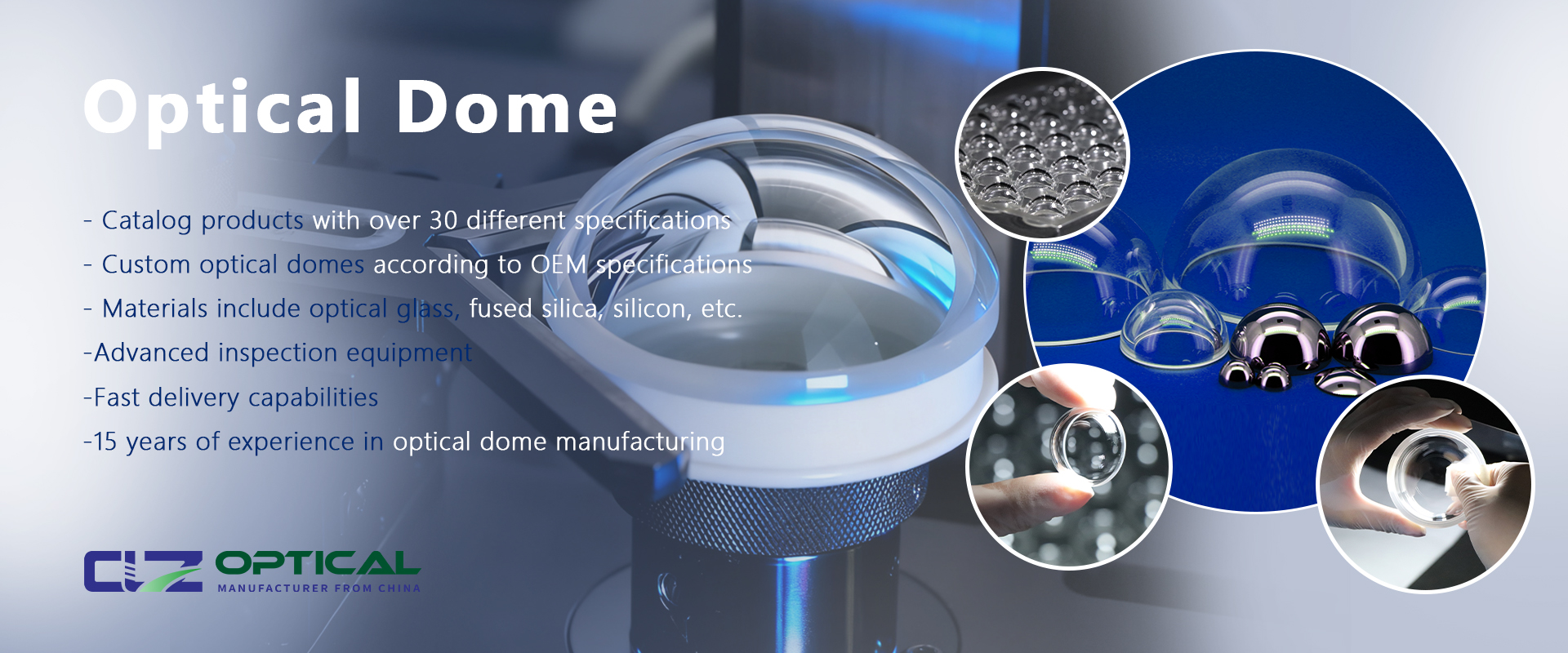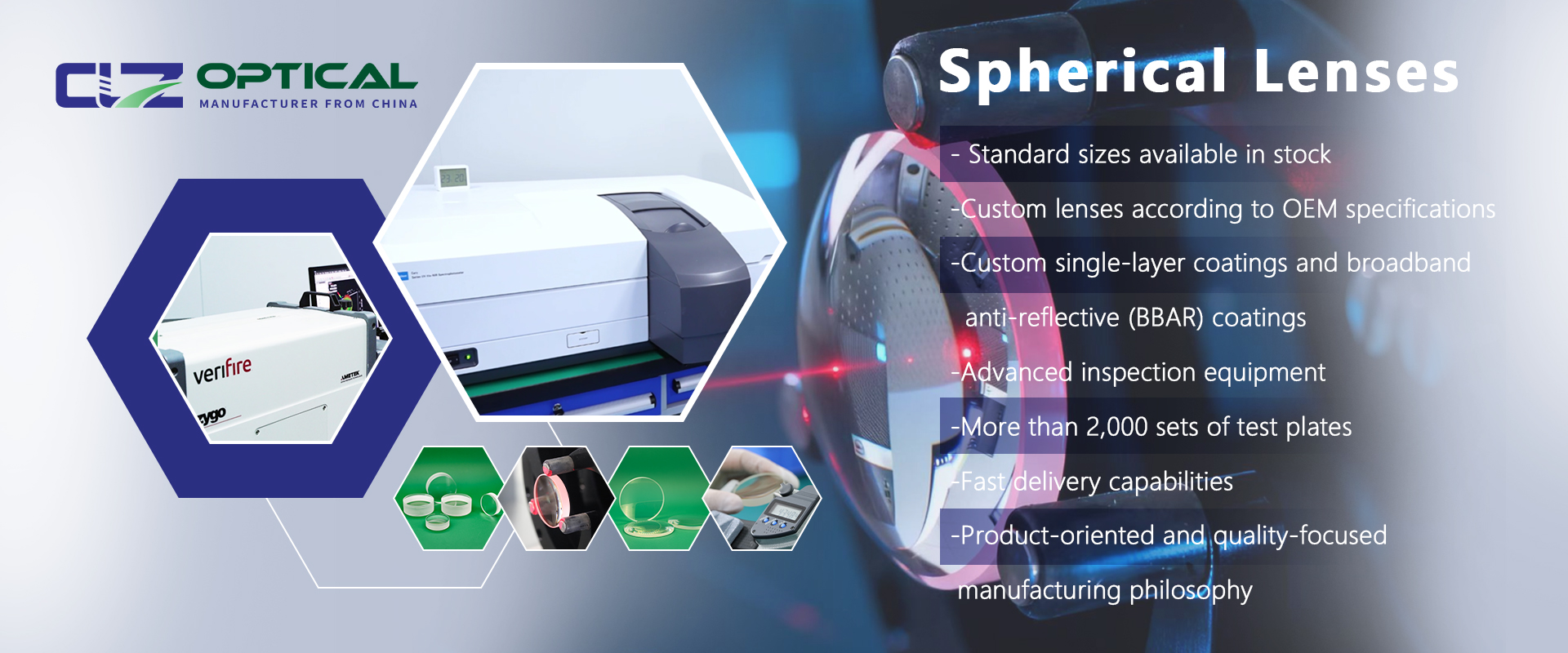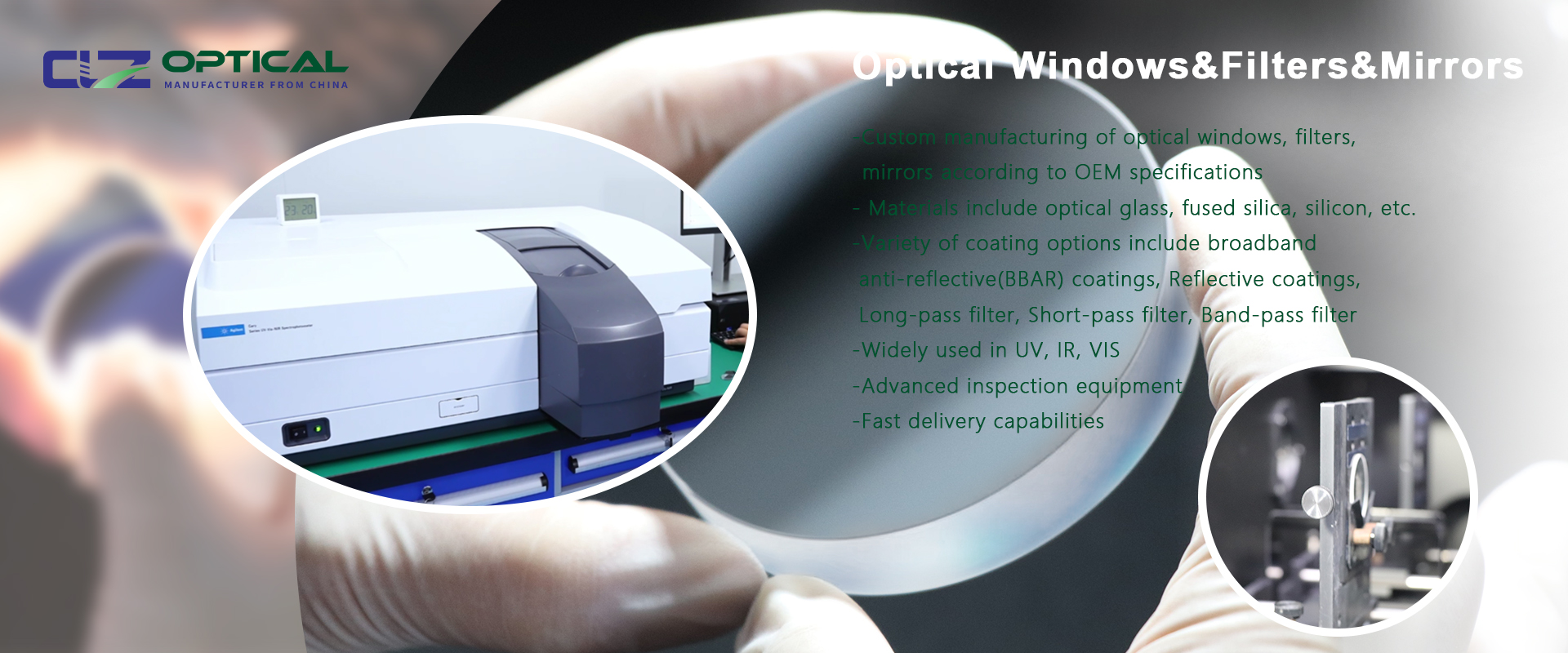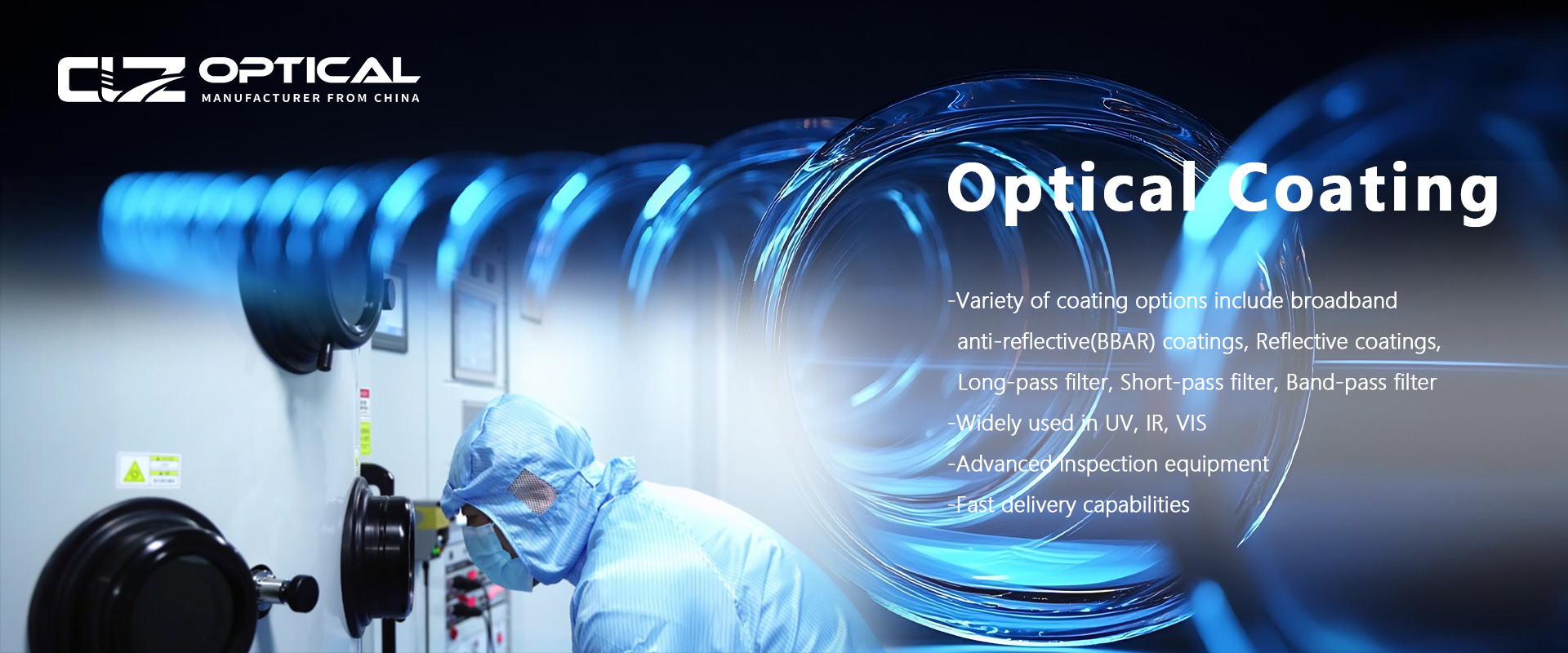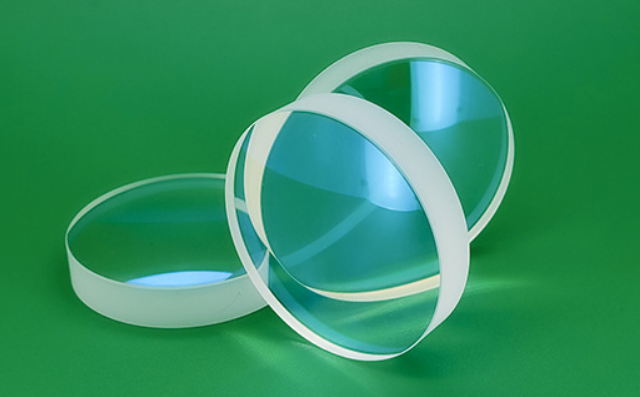What Are the Advantages of Using a Plano-Convex (PCX) Lens?
Jun. 18, 2024
Plano-Convex (PCX) Laser Lenses. Lenses Optimized for use with Lasers, featuring Higher Precision Substrates and V-Coat Laser Line AR Coatings.
Plano-convex lenses are positive focal length elements that have one spherical surface and one flat surface. These lenses are designed for infinite conjugate (parallel light) use or simple imaging in non-critical applications. These optic lenses are ideal for all-purpose focusing elements.
What are the advantages of using a plano-convex lens?
Plano-Convex lenses are the best choice for focusing parallel rays of light to a single point. They can be used to focus, collect and collimate light. The asymmetry of these lenses minimizes spherical aberration in situations where the object and image are located at unequal distances from the lens.
Enhanced Light Focusing
One of the primary advantages of using a plano-convex lens is its ability to focus light efficiently. The convex surface of the lens bends the incoming light rays towards a single focal point, allowing for precise and sharp focusing. This feature is particularly beneficial in applications such as laser collimation and focusing, where high precision is required.
Reduction of Spherical Aberrations
Spherical aberration is a common issue in optical systems where light rays passing through the edges of a lens are not focused at the same point as those passing through the center. Plano-convex lenses are designed to minimize this problem. By orienting the convex surface towards the object, PCX lenses reduce spherical aberrations, leading to clearer and more accurate imaging.
Versatility in Applications
Plano-convex lenses are highly versatile and can be used in a wide range of applications. They are essential in beam collimation, where parallel light rays are needed. Additionally, PCX lenses are used in light projection systems, optical instruments, and various imaging applications. Their ability to focus and collimate light makes them invaluable in both scientific research and industrial applications.
Cost-Effectiveness
Another significant advantage of plano-convex lenses is their cost-effectiveness. Due to their simple design and ease of manufacturing, PCX lenses are relatively inexpensive compared to other complex lens types. This affordability makes them an attractive option for both small-scale and large-scale projects, without compromising on performance.
High Transmittance and Low Reflectance
Plano-convex lenses are often coated with anti-reflective coatings that enhance their performance. These coatings increase the transmittance of light through the lens while reducing reflectance. High transmittance ensures that a maximum amount of light passes through the lens, improving the efficiency of the optical system. Low reflectance reduces unwanted glare and reflections, which can interfere with the quality of the image or signal.
Customization and Availability
Plano-convex lenses are available in a variety of sizes, focal lengths, and materials, allowing for customization to meet specific needs. Whether the application requires a lens made of glass, plastic, or other optical materials, PCX lenses can be tailored to fit the exact specifications. This flexibility ensures that the lens can be optimized for different wavelengths and environmental conditions.
Durability and Longevity
The materials used in the manufacturing of plano-convex lenses, such as high-quality optical glass, contribute to their durability and longevity. These lenses are resistant to scratches and environmental factors, ensuring that they maintain their optical properties over time. This durability is crucial for applications where the lens is exposed to harsh conditions or requires frequent handling.
Ease of Integration
Due to their straightforward design, plano-convex lenses are easy to integrate into existing optical systems. Their simple geometry allows for quick and hassle-free installation, reducing downtime and improving efficiency. This ease of integration makes PCX lenses a popular choice for both new and existing optical setups.
Improved Image Quality
In imaging applications, the quality of the image is paramount. Plano-convex lenses enhance image quality by providing clear, sharp, and high-contrast images. This improvement is achieved through the lens's ability to focus light precisely and reduce aberrations. As a result, PCX lenses are widely used in cameras, microscopes, and other imaging devices where superior image quality is essential.
Applications in Laser Systems
Laser systems require precise control over the light path and focusing capabilities. Plano-convex lenses are ideal for these systems due to their ability to focus collimated light into a tight spot. This characteristic is particularly important in applications such as laser cutting, laser engraving, and other industrial processes that require high precision and accuracy.
Support for High-Power Applications
PCX lenses can also be used in high-power applications, including those involving intense light sources such as lasers. The high-quality materials and coatings used in these lenses allow them to handle significant amounts of light energy without degrading. This capability ensures that the lens can withstand the demands of high-power systems, providing reliable and consistent performance.
Conclusion
Plano-convex lenses offer a multitude of advantages that make them indispensable in various optical applications. Their ability to efficiently focus light, reduce aberrations, and enhance image quality, coupled with their cost-effectiveness and durability, make PCX lenses a preferred choice for many optical systems. Whether in scientific research, industrial applications, or everyday imaging devices, the versatility and performance of plano-convex lenses ensure they remain a cornerstone in the field of optics.












